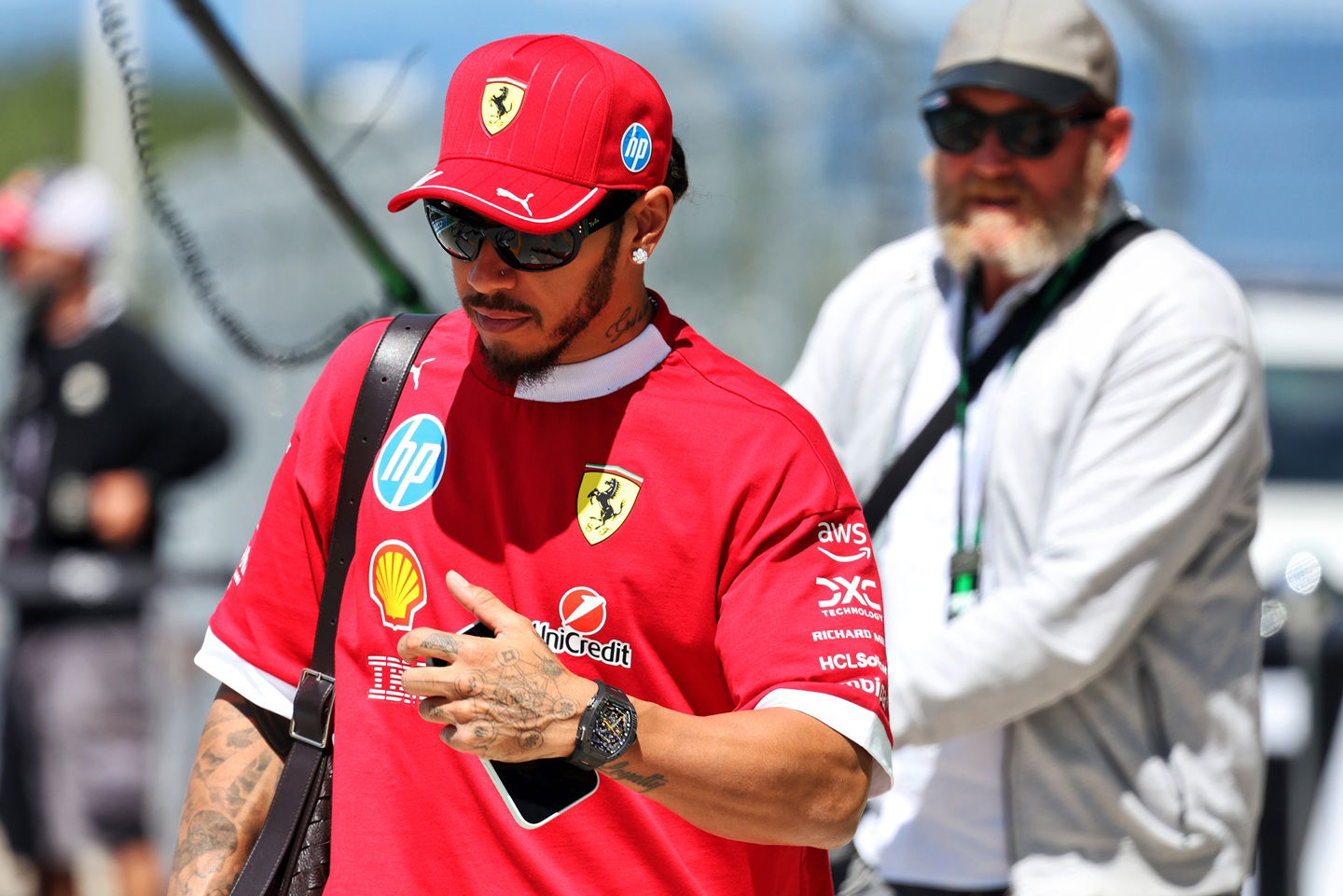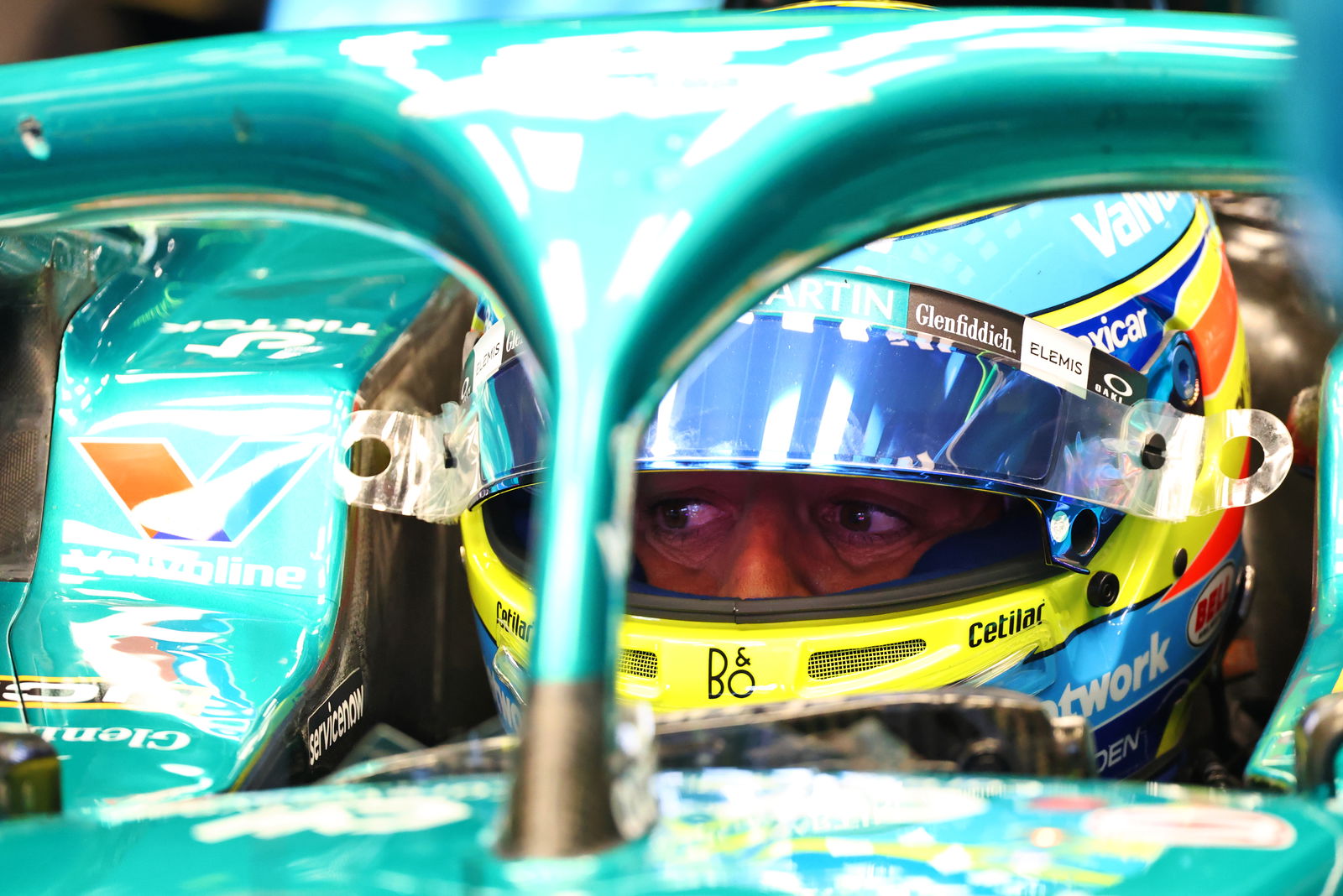The McLaren strength that has caught the attention of Max Verstappen
Apart from tyre management, there is another area where McLaren's 2025 F1 car has excelled at.

Oscar Piastri, McLaren
© XPB Images
McLaren’s “incredible” performance in medium-speed corners is giving the team a significant advantage over its rivals in the 2025 Formula 1 season.
That is the view of Red Bull’s Max Verstappen, who has seen the Woking-based team pull away further from the competition in recent races.
Even McLaren has now admitted that the MCL39 is the “fastest” car in mid-speed corners, and this strength is helping the team mask some of the weaknesses of its 2025 challenger.
This explains why McLaren was so strong in Belgium last weekend when its advantage was much more muted at tracks like Suzuka and Silverstone.
“When you look at the speed comparison with some other teams, the data says that McLaren can generate the highest mid-corner speed in medium-speed corners So, I think the assessment of Max is correct,” admitted McLaren team boss Andrea Stella.
“We still have our weak points. If you go on a very high-speed corner like Copse, for instance, or Pouhon, we are not the fastest car.
“Likewise, probably in very low speed, we are not the fastest car. But the majority of corners in a championship happen to be medium-speed corners, and certainly in that range, our car is, data in hand, the best.”
McLaren has brought a slew of updates in recent F1 races, including a new front wing, front and rear suspension, brake ducts, and floor.
While other teams have also significantly revised their cars during the European leg of the season to give a final push before switching focus to 2026, the new parts introduced by McLaren have brought additional performance on track, without leading to compromises elsewhere.
Mercedes in particular has gone backwards in recent races, with Kimi Antonelli reverting to an older suspension for this weekend’s Hungarian Grand Prix.
Stella explained that the methodologies McLaren adopted this year ensured that new parts didn’t have a detrimental effect on the drivability of the car.
“This trend that we have been able to establish, whereby developments—being them from a mechanical point of view, but above all aerodynamic—have been successful, is the result of many factors,” he said.
“There's not much in Formula 1 fundamentals for success that is a magic bullet. It's really the result of working on the fundamentals.
“The fundamentals don't only involve the capacity to generate ideas, to create the next geometry for a floor or a front wing, but they also involve understanding the methodologies you use for this development and understanding when these methodologies will be not only effective in being innovative but also in giving you the confidence that what you have achieved in development in the wind tunnel or CFD will actually transfer into something that works trackside.
“This is part of generating the knowhow as a team, which in itself is a very simple statement—’let's generate the knowhow to have the best correlation’—but in reality, is possibly one of the most complicated battlegrounds for any Formula 1 team.
“We have invested a lot from this point of view. I have to praise the quality of the people because even if we talk methodologies, they are always led by people. I have been very lucky that I could lean on very competent leaders and a very talented team.”


